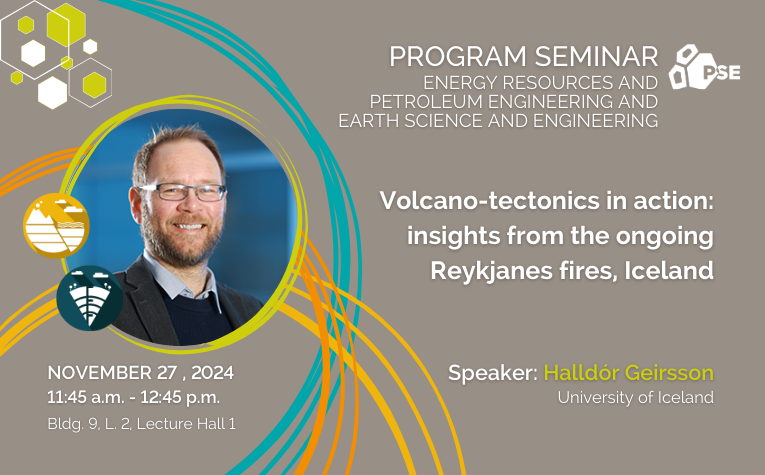Nov 2024
Volcano-tectonics in action: insights from the ongoing Reykjanes fires, Iceland

Abstract
Divergent plate boundaries form a crucial part of the plate boundary circuit on Earth. However, most lie at the bottom of the sea and are infrequently in a state of rifting, making rifting processes hard to study in detail. I review here a series of eruptions, dike intrusions, and faulting that have been taking place on the Reykjanes Peninsula (RP) since 2020. The focus is on geodetic and seismic data. The geological history of the RP shows a cyclic pattern of ~600-1000 years of quiescence, prompted by 200-400 years of peninsula-wide unrest. Hence, we are likely at the start of a few hundred years of unrest. The RP is a trans-tensional rift system containing several individual volcanic systems. Four systems on the RP have shown signs of magma movements. Since 2020, nine eruptions and at least 13 dike intrusions have occurred on the ~60 km long peninsula, with up to 4 m of total surface displacement. Surface faulting is prominent, with the most dramatic offsets near dikes and source faults for moderate earthquakes (up to M5.6).
Hundreds of faults have also been reactivated over large parts of the RP. Detailed deformation observations and models for the unrest reveal complex magma-tectonic interactions across several volcanic systems. Localized deformation and seismicity have alternated between different volcanic systems on the RP, so only one system is inflating or erupting at a time. This observation may be interpreted as deep pressure coupling between the systems. Furthermore, the deformation events cause significant stress changes at neighboring volcanic systems, affecting the probability of dike propagation, seismicity, and faulting. The RP unrest can be used as a proxy for processes occurring at many divergent plate boundaries worldwide.
Biography
Halldór Geirsson was born in 1976 and graduated with a BS degree in geophysics from the University of Iceland in 1999. He worked as a crustal deformation expert at the Icelandic Meteorological Office from 1999 - 2011, running and developing the Icelandic continuous GNSS network. Halldór holds an MS in geophysics from the University of Iceland in 2002, with a thesis titled "Continuous GPS measurements in Iceland 1999 - 2002". He moved to State College in Pennsylvania, US, for a PhD study at the Pennsylvania State University in 2010, which He completed in 2014, with a thesis titled "Crustal deformation and volcanism at active plate boundaries. Halldór did a postdoctorate at the European Center of Geodesy and Seismology in Walferdange, Luxembourg, 2015 - 2016, focusing on the deformation processes in the Kivu region bordering the Democratic Republic of Congo, Rwanda, and Burundi. Currently, he is an Associate Professor in geophysics at the University of Iceland.